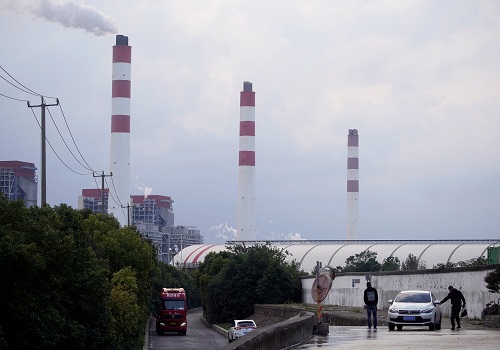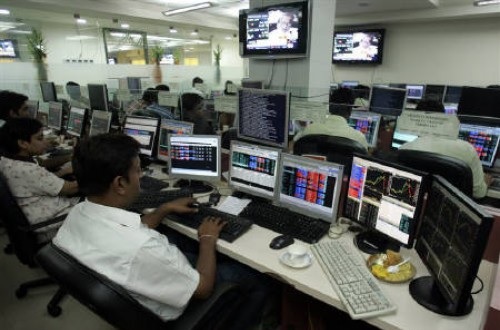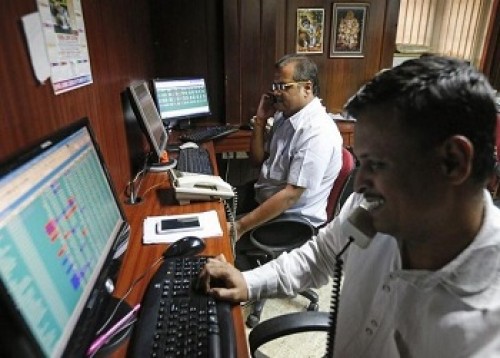Sensex, Nifty end marginally higher in volatile trade

Follow us Now on Telegram ! Get daily 10 - 12 important updates on Business, Finance and Investment. Join our Telegram Channel
Indian equity benchmarks ended a volatile session marginally higher on Thursday in a rebound after four days of losses. Indices witnessed a gap up opening, mirroring the positive overseas cues. Traders took encouragement with a private report stating that the New Year will herald the return of normalcy and witness the growth momentum gaining steam, and pegged the real GDP growth estimate at 8.2 per cent for FY2022-23. Some optimism also came as an article on the state of the economy published in RBI Bulletin said that upbeat high-frequency indicators and consumer confidence show that the Indian economy continues to forge ahead, emerging out of shackles of the pandemic. It said the recovery is spearheaded by an uptick in private investment through November-December alongside a turnaround in bank credit offtake and high capex from the government sector (Centre and States).
However, indices witnessed volatility and erased almost all their gains in afternoon deals, amid Omicron concerns. State Health Minister Veena George said four more cases of Covid-19 variant Omicron have been confirmed in Kerala. With this the total cases of the variant in Kerala has reached 5 and in India -73. Some cautiousness also came in as IMF Chief Economist Gita Gopinath said that as the global economy recovers from the pandemic, a great deal of uncertainty remains about new COVID-19 variants and increased inflation pressures in many countries. But, key gauges managed to end in positive territory after fighting bouts of volatility, taking support from after Prime Minister Narendra Modi said that the Union cabinet's decision on designing and manufacturing semiconductor chips in India would encourage research and innovation, boost manufacturing and help fulfil the dream of Atmanirbhar Bharat.
On the global front, Asian markets ended mostly in green on Thursday, while European markets were trading higher following the broadly positive cues from Wall Street, reflecting a positive reaction to the US Federal Reserve's highly anticipated monetary policy announcement, with the Fed deciding to boost the pace of reductions to its asset purchases program and hike interest rate. Back home, on the sectoral front, passenger vehicles industry stocks were in limelight as ratings agency ICRA revised downwards growth forecast for the domestic passenger vehicles industry to 8-11 per cent in the ongoing fiscal from the earlier estimate of 14-17 per cent on account of the ongoing semiconductor shortage. Power sector stocks’ too were in focus as the government said India's installed nuclear power capacity has grown from 4,780 MW to 6,780 MW, an increase of over 40 per cent, in the last seven years.
Finally, the BSE Sensex rose 113.11 points or 0.20% to 57,901.14 and the CNX Nifty was up by 27.00 points or 0.16% to 17,248.40.
The BSE Sensex touched high and low of 58,337.20 and 57,683.11, respectively and there were 14 stocks advancing against 16 stocks declining on the index.
The broader indices ended in red; the BSE Mid cap index fell 0.70%, while Small cap index was down by 0.65%.
The top gaining sectoral indices on the BSE were IT up by 1.25%, Energy up by 1.03%, TECK up by 0.96%, Consumer Durables up by 0.42%, Oil & Gas up by 0.23% while, Power down by 1.11%, Utilities down by 1.05%, Realty down by 0.80%, Bankex down by 0.68%, Healthcare down by 0.66% were the losing indices on BSE.
The top gainers on the Sensex were Bajaj Finance up by 2.61%, Infosys up by 2.19%, Titan Company up by 1.47%, Reliance Industries up by 1.35% and HCL Technologies up by 1.11%. On the flip side, Maruti Suzuki down by 1.51%, ICICI Bank down by 1.50%, Bajaj Auto down by 1.44%, Sun Pharma down by 1.43% and Indusind Bank down by 0.94% were the top losers.
Meanwhile, an article on the state of the economy published in RBI Bulletin said that upbeat high-frequency indicators and consumer confidence show that the Indian economy continues to forge ahead, emerging out of shackles of the pandemic. The recovery is spearheaded by an uptick in private investment through November-December alongside a turnaround in bank credit offtake and high capex from the government sector (Centre and States). It said in conjunction, the employment situation has brightened. It added ‘The outlook remains upbeat, though concerns revolving around the spread of the new Omicron variant are surfacing’. The RBI clarified that the views expressed in the article are those of the authors and do not necessarily represent the views of the Reserve Bank of India.
The article further said indicators of aggregate demand point to sustained recovery across spheres, but with signs of sequential moderation. Even as E-way GST bills generation remained above pre-pandemic levels, there was some sequential dip in November on account of festive season fatigue in the first half of November. However, E-way bills generation has picked up again in December (up to December 12) posting sharp month-on-month growth. It said ‘The end of the festive season reflected in moderation in the growth momentum of petroleum consumption, led by a decline in diesel even as petrol consumption remained above pre-pandemic levels and aviation turbine fuel recorded a steady pick-up in November 2021’.
The article also said global supply chain and logistics disruptions continued to weigh heavily on the domestic automobile sector. The supply bottlenecks thwarted festive season sales of motor vehicles. The global economy remains hostage to heightened uncertainty, with Omicron sparking fresh containment measures. The Indian economy bounced back strongly in the second quarter of 2021-22, with GDP surpassing its pre-pandemic levels, and inflation broadly aligning with the target. A host of incoming high-frequency indicators are looking upbeat and consumer confidence is gradually returning. Aggregate demand conditions point to sustained recovery, albeit, with some signs of sequential moderation.
The CNX Nifty traded in a range of 17,379.35 and 17,184.95 and there was 28 stocks advancing against 22 stocks declining on the index.
The top gainers on Nifty were Bajaj Finance up by 2.89%, Infosys up by 2.47%, BPCL up by 1.96%, Wipro up by 1.74% and Reliance Industries up by 1.72%. On the flip side, Hindalco down by 1.77%, Cipla down by 1.53%, Sun Pharma down by 1.43%, ICICI Bank down by 1.37% and Bajaj Auto down by 1.35% were the top losers.
European markets were trading higher; UK’s FTSE 100 increased 67.47 points or 0.94% to 7,238.22, France’s CAC increased 71.00 points or 1.02% to 6,998.63 and Germany’s DAX increased 235.64 points or 1.52% to 15,711.99.
Most of the Asian markets finished in green on Thursday, corroborated by the risk appetite in the market on optimism that Federal Reserve focuses to terminate its pandemic-era bond purchases by March, implicating three quarter-percentage-point interest rate hikes by the end of 2022, and for tackling inflationary pressure in the economy. Japan’s Nikkei led gain in the session followed by upbeat production index reading for the month of December. The country saw its consecutive eleventh monthly gain boosting the investors’ sentiments. Shanghai stocks advanced moderately in the session, with the major gains from financial, industrial, and energy sector shares. Industrial stocks marked a gain of 1.23% and financial stocks posted 0.78% rise. However, property sector retreated in the session with the ongoing debt laden woes. MSCI's Asia ex-Japan stock index was firmer by 0.17%.
Above views are of the author and not of the website kindly read disclaimer

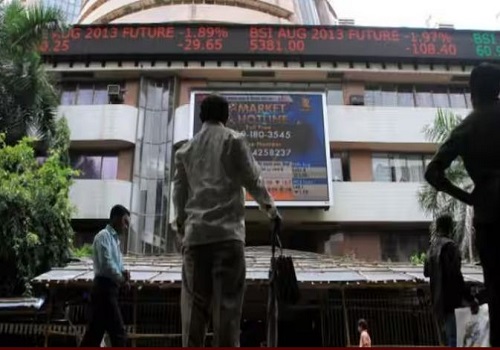

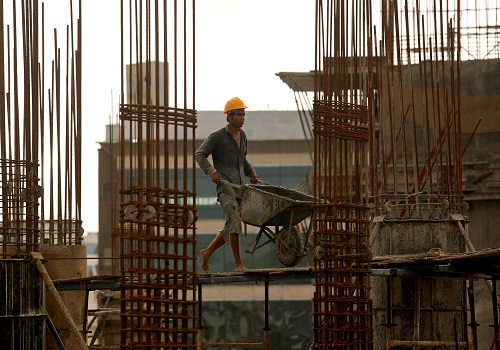





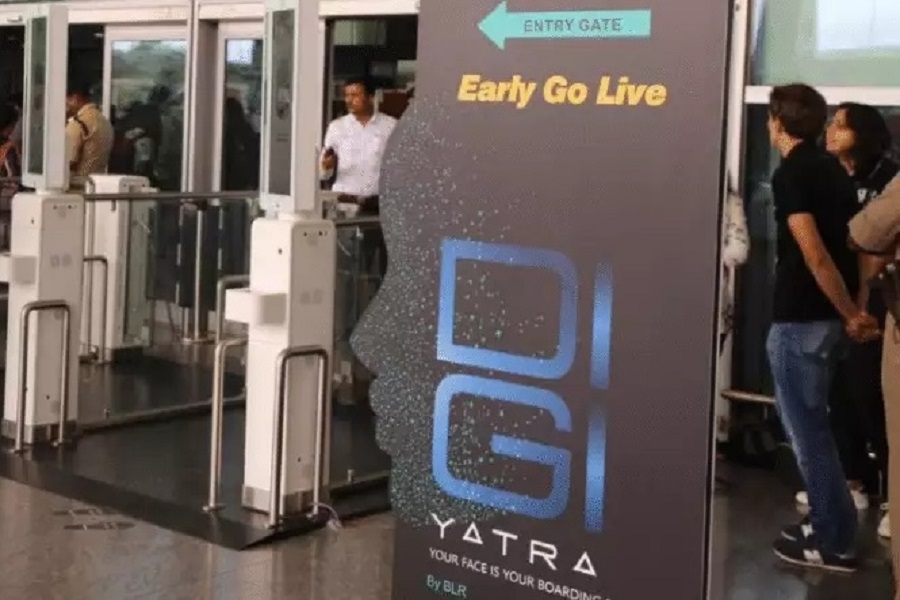
Top News

With increasing government support, next 5 years hold great potential for EV sector: Experts
Tag News

Weekly Market Analysis : Markets strengthened recovery and gained nearly 2% in the passing w...
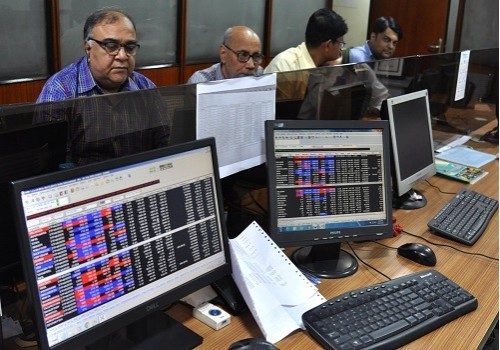
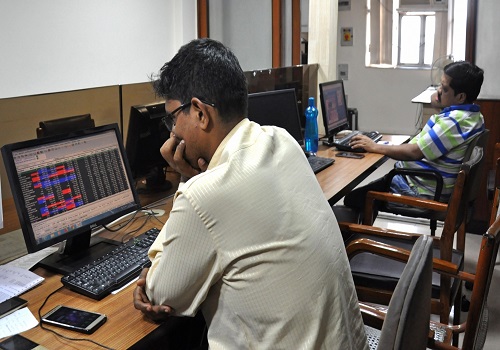
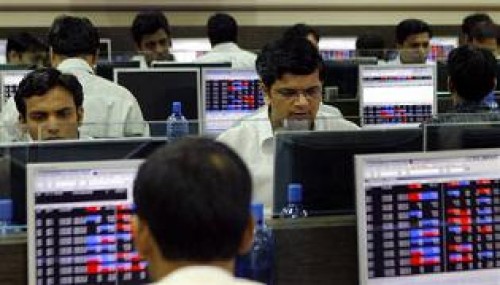


 320-x-100_uti_gold.jpg" alt="Advertisement">
320-x-100_uti_gold.jpg" alt="Advertisement">


